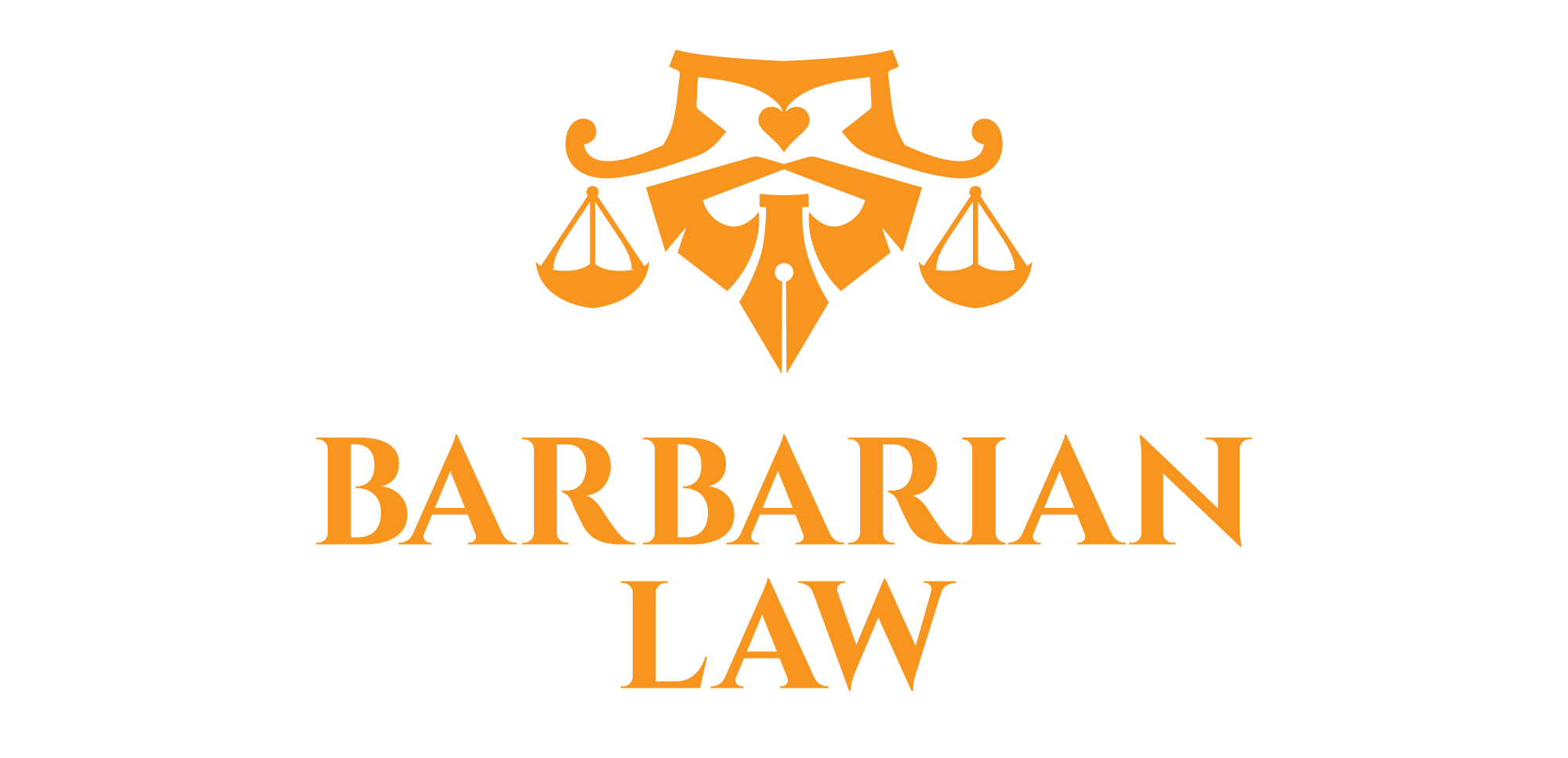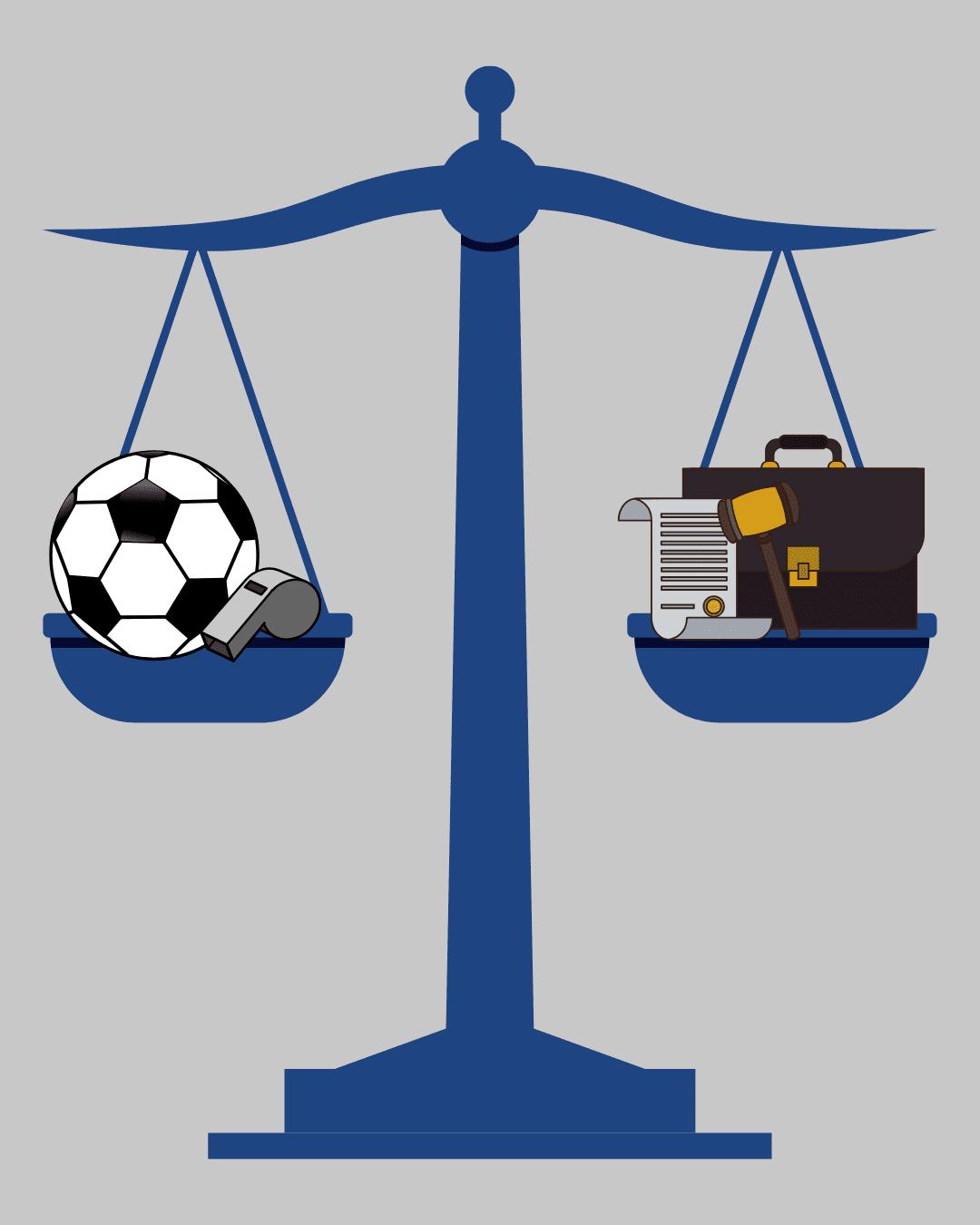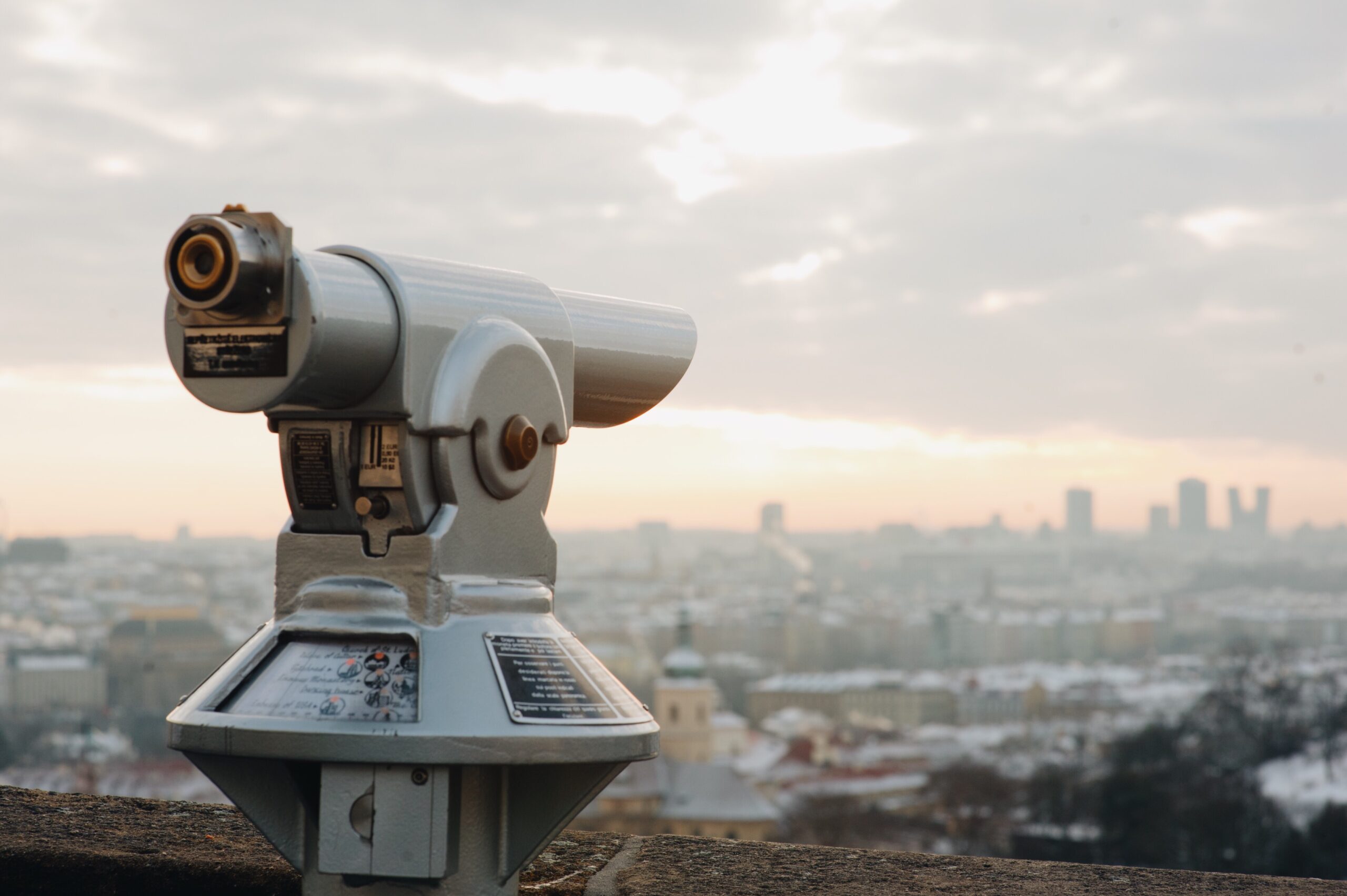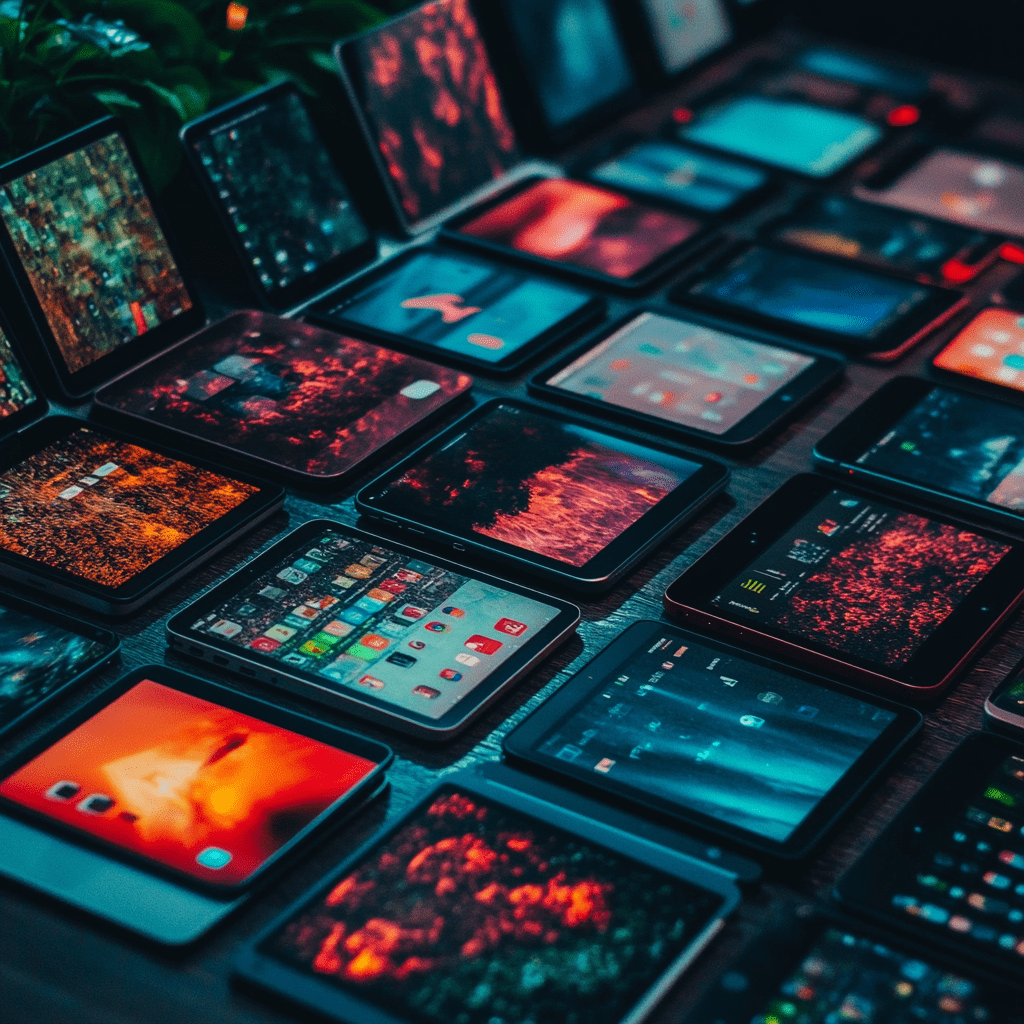The dispute in Graham v. UMG is not about silencing art or restricting hip-hop’s tradition of lyrical combat. It is about whether a global corporation, can deliberately weaponize defamatory content for profit. Drake’s ownership of his masters creates an economic misalignment, and financial interests diverge from those of Universal Music Group (UMG), which profits more heavily from artists it fully controls. His success diminishes UMG’s leverage, while UMG’s promotion of Kendrick Lamar, an artist whose masters are more tightly controlled, increases its long-term profit share.
By transforming Not Like Us diss track into a cultural phenomenon, UMG allegedly converted lyrical hyperbole into a weaponized corporate marketing strategy. The consequences were immediate and nor abstract: reputational decline, heightened security risks, economic losses in endorsements and catalog replay value, and interference with Drake’s carefully cultivated brand. This case illustrates the collision point where art ceases to be art and becomes corporate warfare, raising urgent questions about defamation, image rights, and the balance of power in the modern music industry.
Background of the Case
The Feud and the Song
In spring 2024, Drake and Kendrick Lamar engaged in a rap feud that captivated global audiences. Lamar’s Not Like Us emerged as the defining track, dominating streaming platforms and social media.
Unlike typical diss track, Not Like Us contained statements that accused Drake of being a “pedophile” and implied he should be on a sex offender registry. These are not exaggerations or playful insults; they are allegations of serious criminal conduct. The song’s commercial success and domination meant these accusations reached millions, embedding themselves in public discourse.
The Lawsuit
On January 15, 2025, Drake filed a defamation lawsuit against UMG in the Southern District of New York. The complaint alleged that UMG:
- UMG actively promoted Not Like Us through playlist placements, algorithmic manipulations, and paid advertising, far beyond passive distribution.
- The label including executives knew the accusations were false but amplified them in pursuit of profit and cultural impact.
- UMG breached its fiduciary duty not to defame a party with whom they had previous commercial and contractual relations with.
UMG responded with a motion to dismiss, arguing the lyrics are rhetorical hyperbole consistent with hip-hop culture and therefore non-actionable opinion, not meant to be interpreted literally, and that Drake cannot plausibly allege actual malice, the constitutional standard for public figures.
Real-World Fallout
The complaint connects the corporate release and promotion of Not Like Us to real consequences:
- Security Incidents: Drake’s Toronto residence became the site of multiple trespass attempts and a shooting.
- Family Safety: He withdrew his young son from school to reduce exposure to threats. His young son was withdrawn from school for safety reasons.
- Reputational Impact: Social media accusations continue to amplify the false allegations in public forum.
- Financial Costs: Heightened security expenditures and disruption to business opportunities.
Masters Owner
When initially signed to Young Money Entertainment (a subsidiary of UMG) it was reported that YMCMB (Young Money Cash Money Billionaires) retained ownership of the albums he dropped during his contract with them. Drake’s 2021 renegotiated deal gave him substantial control of his masters, meaning he is less dependent on UMG and allowing him to capture more of his long-term replay value. For UMG, however, this reduces leverage and profit share. Promoting Lamar, whose masters are more tightly controlled, aligns with UMG’s interests. The allegation is that UMG’s economic incentives directly influenced its promotional conduct, to Drake’s detriment during a time of contract negotiation.
Legal Issues Presented
- Defamation: Do the lyrics, once corporately promoted, constitute actionable statements imputing serious criminal conduct?
- Actual Malice: Can Drake plausibly show UMG acted with knowledge of falsity or reckless disregard?
- Damaging Image Rights Did UMG’s defamation cause material loss to Drake or OVO (Octobers Very Own).
- Tortious Interference: Did UMG’s conduct interfere with Drake’s endorsement opportunities and economic relationships?
- Market Manipulation: Does UMG’s promotion reflect anti-competitive conduct by undermining an artist who owns his master’s while boosting those it controls?
Arguments
Defamation Per Se Applies
- Under New York law, allegations of criminal sexual conduct are defamatory per se.
- UMG argues the lyrics are hyperbole, but context matters. By promoting the track through playlists, ads, and campaigns, UMG corporatized the message. A reasonable listener could conclude that the statements carried factual weight.
- Courts have repeatedly recognized that the distinction between fact and opinion is a jury question where context blurs the line.
UMG Acted with Actual Malice
- UMG knew or should have known the allegations were false; Drake has never been charged, let alone convicted, of such conduct. This is not passive distribution; it is active and intentional marketing.
- Despite this, UMG amplified the message for profit, a classic example of reckless disregard.
- The evidence Drake seeks in discovery are including but not limited to, executive emails, playlist strategy documents, and advertising budgets, which will be central in showing that UMG acted with reckless disregard for the truth.
Damage to Image Rights and Brand Equity
Drake’s name and likeness are commercial assets, protected under New York’s Civil Rights Law 50–51; as it is his most valuable commercial asset, all being directly tied to endorsement deals, partnerships, and licensing opportunities.
Drake’s name and likeness are multi-hundred-million-dollar commercial assets. He is estimated to have a net worth of around USD 250 million as of 2025, but this figure likely undervalues his holdings. Unlike publicly traded entertainment companies, Drake’s empire, spanning touring, publishing, endorsements, and his OVO brand, is privately held therefore is likely underreported in market valuations. OVO alone is estimated to generate over USD 50 million in annual revenue from apparel, merchandising, and brand collaborations. Yet without public fillings, these numbers represent only fraction of his true worth. Thus, the integrity of Drake’s image underprints not only his music revenue but al so a major consumed brand.
Against this backdrop, UMG’s campaign took on more than cultural significance; it carried direct financial consequences. By corporately amplifying Not Like Us through playlists, advertising, and algorithmic boosts, UMG tied Drake’s identity to criminal accusations. This did not just tarnish reputation; it devalued a privately held brand that has no stock market buffer or diversified shareholder base.
The damage here is not theoretical as Drake and OVO are private, their valuations are harder to quantify but easier to destabilize. Negative public sentiment, once seeded, translates directly into lost endorsement bids, lower catalog consumption, reduced licensing opportunities, and increased security costs. In aggregate, the financial harm could reach into the hundreds of millions, erasing not only brand equity but undermining Drake’s leverage as one of the few artists who truly owns his work.
Market Distortion
This case is not just about defamation. It is about competition. UMG allegedly used defamatory content to weaken an artist whose independence reduces its leverage, while simultaneously boosting an artist whose master’s it controls, acting as a monopoly. That is not rivalry between musicians, it is a corporate strategy that manipulates culture for profit.
Future Ramifications
- Art vs Corporate Interest: Diss tracks are protected speech and remain part of artistic freedom. But when a corporation amplifies defamatory content, it purportedly knows to be false as part of a marketing campaign, the speech becomes subject to stricter scrutiny.
- Fair Competition: If UMG’s conduct is excused, labels will have free license to weaponize algorithms to suppress artists who control their masters, tilting the industry further against independent creators.
- Protecting Image Rights: Artists have an independently marketable commercial value, and defamatory content affects their ability to secure sponsorship.
- Cultural Integrity: The case is a test of whether corporations can manipulate culture for profit and direct the wrath of a mob against their targets.
Conclusion
Graham v. UMG is not a feud between two rappers. It is a confrontation between an artist and the corporation that profits from the popularity Kendrick Lamar gained from his beef with Drake. By promoting a track that called Drake a “pedophile” and “sex offender”, UMG did not merely distribute art; it published and amplified defamatory content. The result was predictable: reputational harm, loss of endorsements, and threats to safety.
The damage was not theoretical. Drake’s public image has deteriorated in the eyes of many. Business opportunities were undermined, including perpetual damage to the recurring revenue generated from streams of his old (classic) music.
The broader question is whether the courts will permit corporations to manipulate culture in this way. If UMG’s defense prevails, it will set a precedent that labels can profit from defamatory narratives, even against their own artists, so long as they disguise it with a “diss track”.
Therefore, this case is not only about Drake whether the music industry remains a space for genuine artistic rivalry, or whether it becomes a marketplace where corporations dictate narratives, reputations, and careers.










